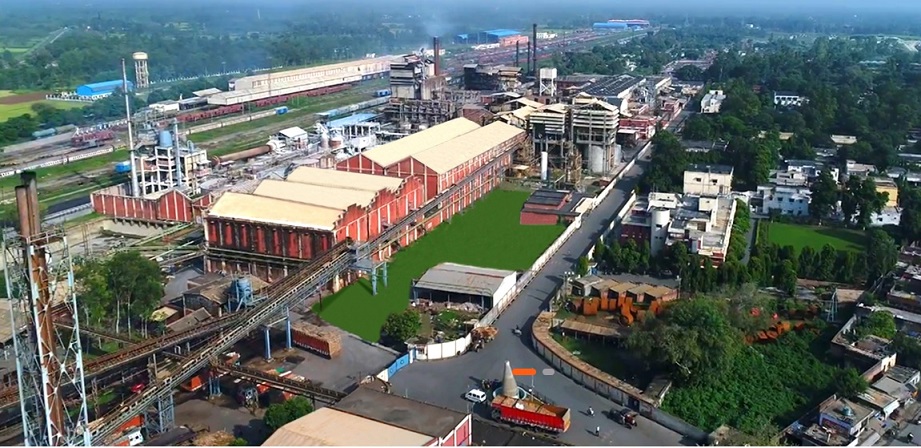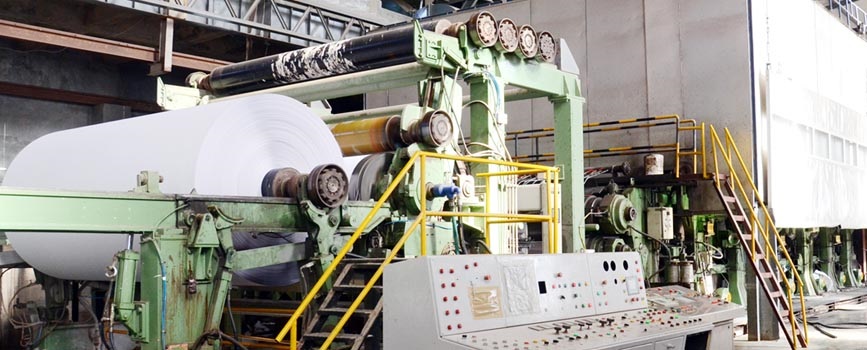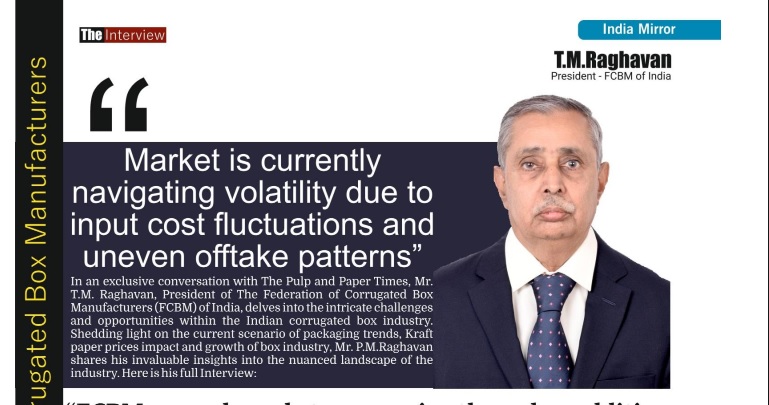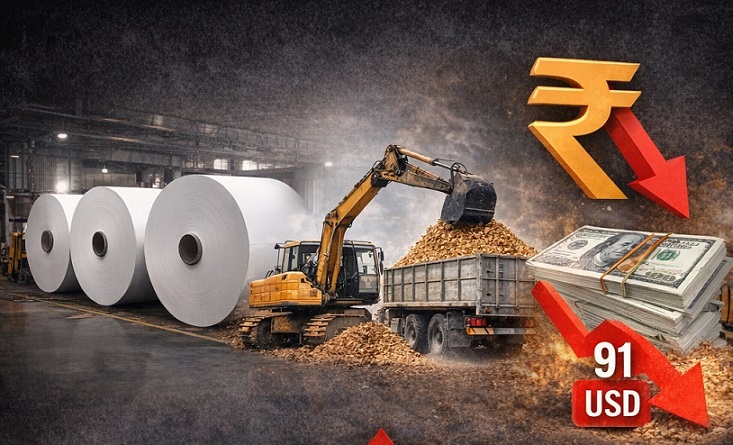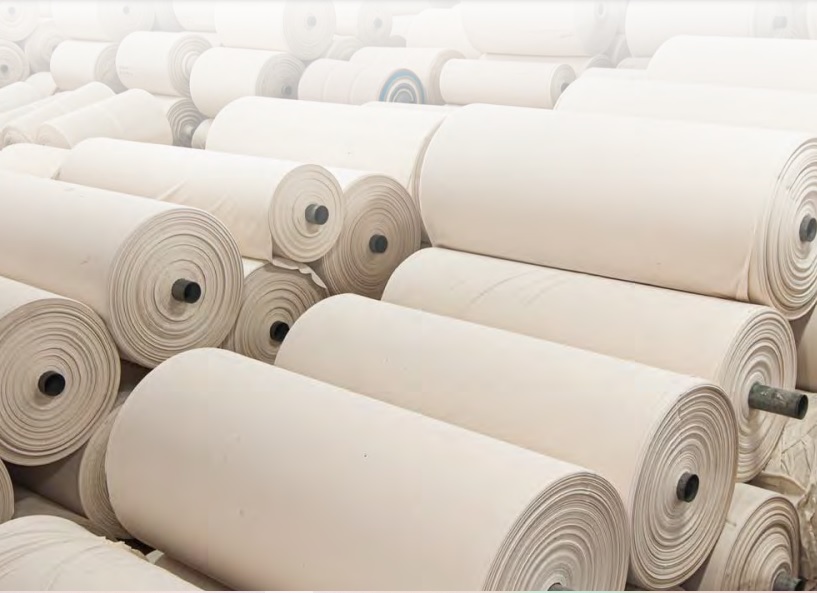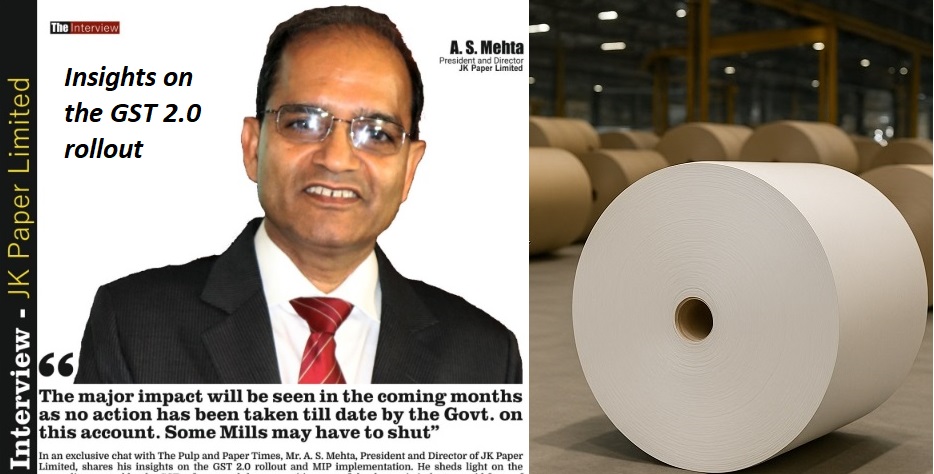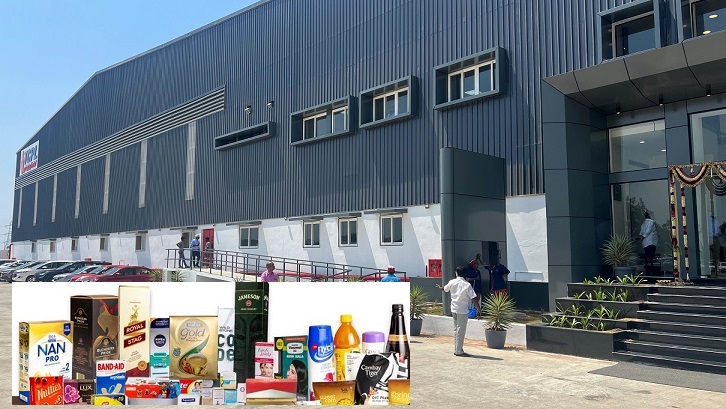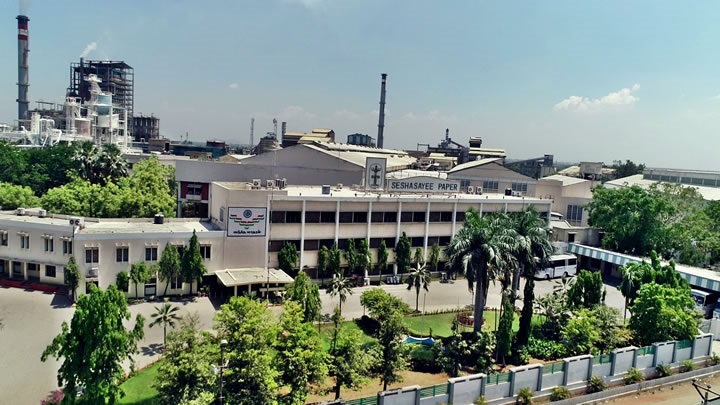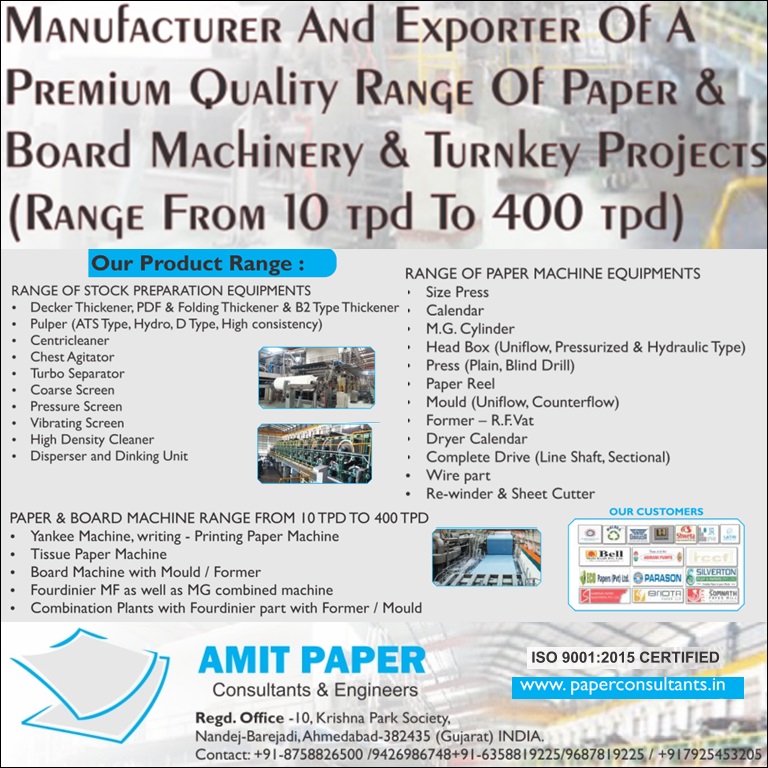Analysis and Trends in the Recovered Paper Market Across Europe, Southeast Asia, and the United States — Insights from BIR Experts
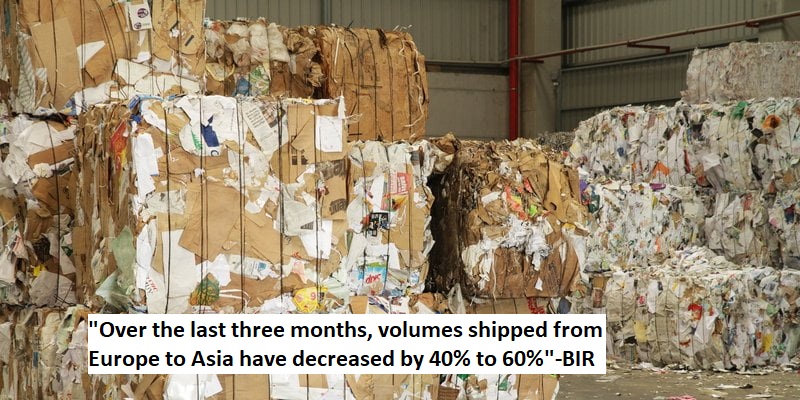
Analysis and Trends in the Recovered Paper Market Across Europe, Southeast Asia, and the United States — Insights from BIR Experts
- Recovered paper prices catch the volatility bug
- Limited reel orders from China have led to a reduction in overall demand within Asia
- Europe’s recovered paper exports have faced headwinds owing to changing global demand and regulatory developments
- In India, prices climbed from US$ 185 to US$ 210 per tonne, but this increase lasted only around 10 days before demand declined.
The Pulp and Paper Times | BIR Reports on Recovered Paper Market in May End 2025
As an industry, we have grown accustomed to experiencing - and working with - high levels of volatility both geopolitically and within our own sector. However, 2025 has introduced a whole new scale of volatility and uncertainty, not least as a result of the new US administration’s trade policies.
Recovered paper prices worldwide have caught the volatility bug: as you will read in the regional market reports to our latest World Mirror on Recovered Paper, changes in price direction have been frequent and, in some cases, significant.
Limited reel orders from China have led to a reduction in overall demand within Asia. At the same time, there has been stronger domestic demand within Europe and the USA, as well as an improvement in freight rates for those looking to ship to Asia. The weakness of the US dollar in relation to the Euro and sterling has made exports from Europe less competitive while favouring shipments out of the USA.
All of these developments have occurred against the backdrop of a global decline in recovered paper collection volumes, partly reflecting how the aforementioned volatility and uncertainty are undermining consumer confidence and therefore expenditure.
Europe
Approaching the midpoint of 2025, the European recovered paper market finds itself at a critical juncture. The industry is grappling with a confluence of factors: persistent market volatility; evolving export dynamics; and an increasingly complex regulatory environment.
The market in Europe has experienced wild price swings in the early part of the year. After a period of decline in late 2024, prices for OCC and mixed paper began to recover in January and February, driven by supply shortages and increased demand from mills. Contract and spot prices, which had suffered significantly, started to show signs of recovery and to indicate a market correction.
However, this recovery has been tempered by ongoing challenges. High energy costs - particularly in Germany, France and the Benelux region - have put mill operations under pressure, leading to extended shutdowns and reduced production capacity. Additionally, the lack of a harmonised “end-of-waste” status for recovered paper across the EU is creating uncertainty, hindering trade fluidity and transparency as far as compliance is concerned.
Europe’s recovered paper exports have faced headwinds owing to changing global demand and regulatory developments. Traditional export markets in Asia - such as India, Indonesia and Vietnam - have offered subdued demand, partly owing to disrupted logistics and increased competition from other regions. The new EU Waste Shipment Regulation will further restrict exports to non-OECD countries, compelling the industry to seek alternative markets and to adapt to new compliance requirements.
The UK reported a slight drop of around 2.5% in recovered paper exports in 2024, while Germany and the Netherlands experienced declines of over 12% and 9%, respectively. These shifts underscore the need for European exporters to diversify their markets and enhance domestic recycling capacities.
The European recovered paper sector has witnessed significant consolidation in recent months. In January this year, International Paper received conditional EU approval for its US$ 7.16 billion acquisition of UK-based DS Smith, contingent upon the divestment of five plants in France, Portugal and Spain in order to address competition concerns. This move is aimed at strengthening International Paper’s presence in the European packaging market.
Meanwhile, Mondi has completed a Euro 634 million deal to acquire the Western European assets of Schumacher Packaging, including facilities in Germany, the UK and the Netherlands. This acquisition enhances Mondi’s operations in the region and aligns with its strategy to balance recycled and virgin paper operations.
These strategic moves reflect a broader trend towards companies seeking to optimise assets and expand their market presence amid industry consolidation.
Increasing demand for sustainable packaging, among other factors, is expected to fuel regular growth in the European recovered paper market over the next few years. To navigate the evolving landscape, industry stakeholders are expected to follow one or more of the following paths: exploring new markets and diversifying product offerings to mitigate risks associated with regulatory changes and market volatility; adopting advanced recycling technologies and automation to enhance efficiency and product quality; and/or aligning operations with environmental regulations and sustainability goals to improve competitiveness and meet consumer expectations.
By proactively addressing these areas, companies can position themselves to achieve resilience and growth in Europe’s dynamic recovered paper market. How bold European mills are going to be and how willing they are to undergo the structural changes which are necessary to stay ahead of the curve, only time will tell.
South East Asia
Over the past three months, there has been limited movement of material to South East Asia. The market has been driven primarily by Europe’s domestic mills, with prices starting to rise in the second half of March. OCC prices were around Euro 120 per tonne ex-works or Euro 140-150 per tonne delivered, but then surged by up to Euro 70 per tonne in the opening weeks of April, before dropping again by Euro 10-20 per tonne in the final week of the month.
During the same period, prices in South East Asia started at around US$ 150 per tonne and climbed to US$ 170-180, only to return to their initial level by the end of April. In India, prices climbed from US$ 185 to US$ 210 per tonne, but this increase lasted only around 10 days before demand declined. The drop was due to European prices becoming uncompetitive compared to the Middle East, the USA and domestic Indian material.
Over the last three months, volumes shipped from Europe to Asia have decreased by 40% to 60%, depending on the week, as European prices remained significantly higher than those in the Asian market. This wide gap can be attributed to: Asia’s struggling paper industry; reduced generation in Europe owing to lower consumption; and the start-up of new paper machines across Europe.
Although shipping costs to South East Asia have dropped significantly from some US$ 500 to US$ 300 per container, and even to India too, European material remained more competitive only until the first week of May.
United States
The North American market for recovered fibre is softening, with price declines over the past few weeks in almost all US geographic markets, especially in the case of OCC and mixed paper. This weakening is a first for 2025 as the previous four months had brought either higher or stable prices.
RISI’s editor/price reporter posted publicly on LinkedIn: “For the first time this year, prices for OCC decreased across almost all US regions as demand dips during spring maintenance and market-related downtime among the largest producers in the USA. Prices declined US$ 5-10 per ton in May, according to Fastmarkets’ monthly survey and pricing report published on May 5. Export prices for OCC, too, fell with demand and another month of tariff scares that put the ball in the buyer’s court for May orders.”
Domestic producers in the USA are backing off their orders and even trying to turn away contracted tonnage because their mills are slowing down owing to lower demand, and hence their recovered fibre inventories are high.
While the above public comment from RISI speaks to OCC, the same market trends apply to mixed paper and even SOP in some instances. Suppliers are saying the bottom has yet to be seen on pricing and are expecting levels to continue to deteriorate through May, creating nervousness among buyers and sellers.
So why is all this happening? In a word: tariffs. Consumer spending confidence has been dampened by employment uncertainty and rumours of inflationary pressure sparked by tariffs. We are beginning to see the realities of this consumer spending reduction, and the domino effect is having implications across the entire supply chain. Consumers spend less, leading to slower retail sales, leading to higher retailer inventories, leading to lower orders from retailers to manufacturers, leading to lower demand for paper packaging.
Recently, someone analysed the 20 worst shipping calendar quarters between 1996 and the opening three months of 2025. This year’s first quarter emerged as the 10th worst for corrugated box shipments over this period of almost 30 years.
So the result is paper mill downtime and even permanent shutdowns. The past two months have seen the closure of two huge paper mills, one by International Paper and the other by Smurfit WestRock. And both are located in the south west of the USA in, respectively, Louisiana and Texas. These ceased operations add to a growing list of mills that have shut down in the USA over the past few years. Counterbalancing these declines have been new or resurrected mills over the past 24 months, built as greenfield paper mills or older or shuttered mills converted to 100% recycled containerboard paper mills, mainly by Domtar, Cascades, New-Indy and Pratt. However, it is doubtful whether these new mills have made up for the closures or downtime taken in this industry.
Also owing to the uncertainty created by tariffs, carriers have been cancelling a large number of import bookings in Asia. This means that vessels are not full when coming to the USA and so, eventually, this country’s exporters will start encountering issues with a lack of equipment.
As for other news relating to recovered fibre trends in the USA, Ryan Fox from Bloomberg Intelligence recently released the Bloomberg Green Markets recycling rate for OCC in 2024, placing it in a range of 63% to 68%. Meanwhile, major consumer brands are continuing to switch from plastic to paper-based packaging in line with consumer preferences, recently including Duracell and Energizer batteries, Oral B products and KIND snack bars. At the same time, the largest MRF operators such as WM (formerly Waste Management) and Circular Services/Closed Loop are continuing to open new MRFs or to make acquisitions.
Web Title: Analysis and Trends in the Recovered Paper Market Across Europe, Southeast Asia, and the United States — Insights from BIR Experts




 Join WhatsApp Group
Join WhatsApp Group Join Telegram Channel
Join Telegram Channel Join YouTube Channel
Join YouTube Channel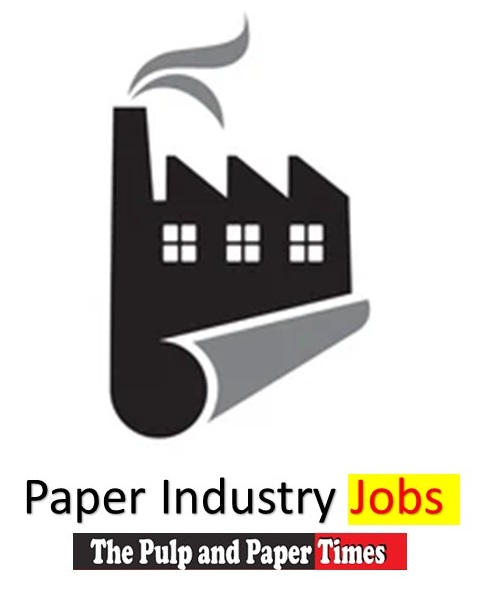 Join Job Channel (View | Submit Jobs)
Join Job Channel (View | Submit Jobs) Join Buy Sell Channel (Free to Submit)
Join Buy Sell Channel (Free to Submit) Paper News Headlines Channel (Free to read)
Paper News Headlines Channel (Free to read)







